The ENTC now has a new website, at www.entc.org.sz
Our logo is adapted from a painting by Phillip Dlamini, 1998, of a purple crested turaco. In traditional Swazi dress, the red feathers feature in the royal headdress, so this bird illustration is not only a symbol for wildlife conservation, but also of cultural heritage.
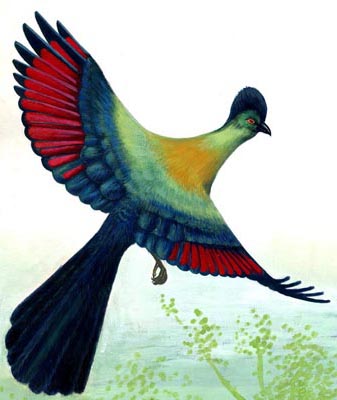

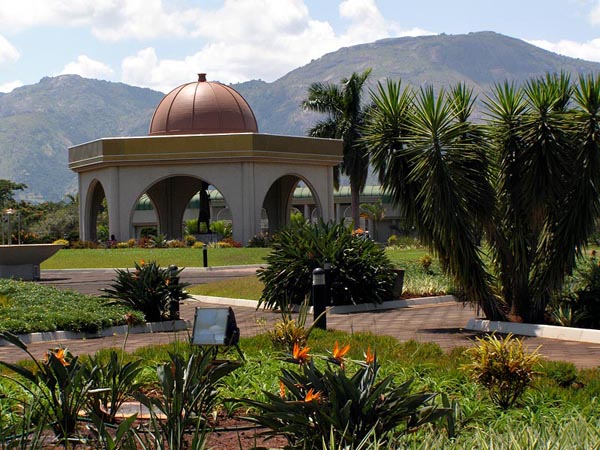
Information from King Sobhuza II Park.
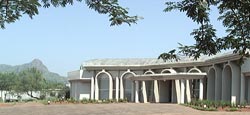 The Park was establised as a tribute to King Sobhuza II who led the Swazi nation to independence (from the British) in 1968. It is located at Lobamba, adjacent to the Houses of Parliament, Somhlolo Stadium and the National Museum.
The Park was establised as a tribute to King Sobhuza II who led the Swazi nation to independence (from the British) in 1968. It is located at Lobamba, adjacent to the Houses of Parliament, Somhlolo Stadium and the National Museum.
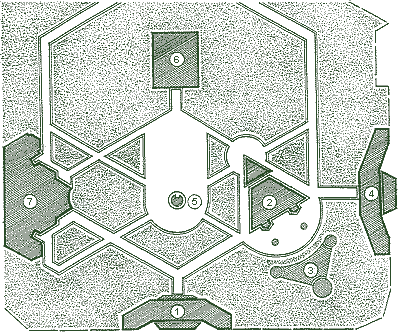
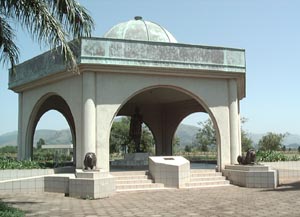
The three metre bronze king's statue is facing the east where the Swazi monarch originally same from thus regarded as people from the sun; his male hut (Lilawu) Lozitha royal residence, and Mdzimba mountain (a royal burial mountain).
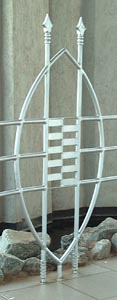
The statue of the king is surrounded by shields. This symbolises his position within the kingdom where he is regarded as a central figure as well as a member and head of the regimental system.
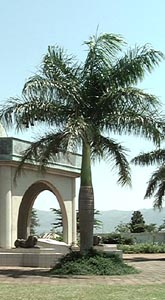
These were his most adored tree species such that he built one of his residence and named it Masundvwini meaning palm tree area.
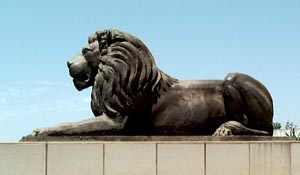
The symbol of the lion represents the king. Tradionally, before a Swazi king assumes or comes to the throne he has to kill a lion, thus referred to by Swazis as "Ngwenyama". He is also known as "Silo" (an awesome creature).
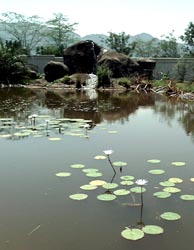
The pond represents the natural beauty of the country.
Only the King, the Queen Mother, Heads of states, Heads of foreign missions may enter through this entrance.

The torch is lit to show that the spirit of King Sobhuza lives on. It is lit on important days in the lives of the Swazis i.e. kings birthday, independence day (Somhlolo day) and when a foreign head of state is touring the Park.
This consists of a pictorial exhibition of the life history of King Sobhuza II, from the time he was born in 1899 until 1982 when be died.
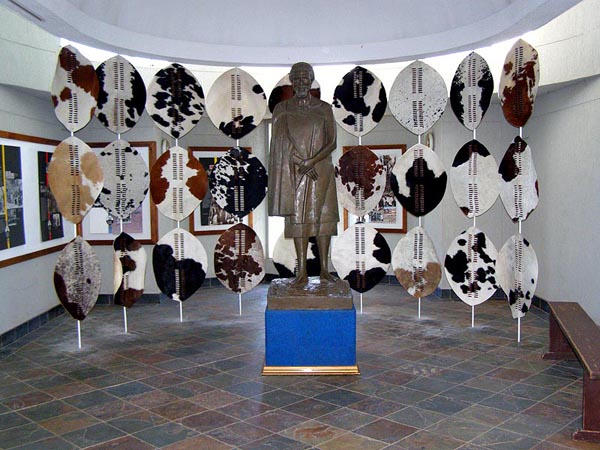
This is the most sacred part of the park. The mausoleum stands on the spot where his body was laid during the state funeral which took place on 3 September, 1982. He was shown to the nation before being taken to his last resting spot at the mountains of Mbilaneni, in the south of the country. No photographing of the mausoleum is permitted, out of respect.
Our Contacts:
Head Quarters: (+268) 2416 1489/1179
Email: info@sntc.org.sz
King Sobhuza II Park: (+268) 2416 1489/1179
Email: ksmp@sntc.org.sz
National Museum: (+268) 2416 1489/1179
Email: curator@sntc.org.sz
Copyright © ESWATINI NATIONAL TRUST COMMISSION
Malolotja Nature Reserve: (+268) 2444 3241 / (+268) 2416 1480
Email: culturalvillage@sntc.org.sz
Mantenga Nature Reserve and Swati Cultural Village: 2416 1151/1178
Email: culturalvillage@sntc.org.sz
Mlawula Nature Reserve: (+268) 2383 8885 (Reception)
(+268) 2383 8453 (Senior Warden)
Email: culturalvillage@sntc.org.sz
Magadzavane Lodge: (+268) 2343 5108/9
Email: magadzavane@sntc.org.sz